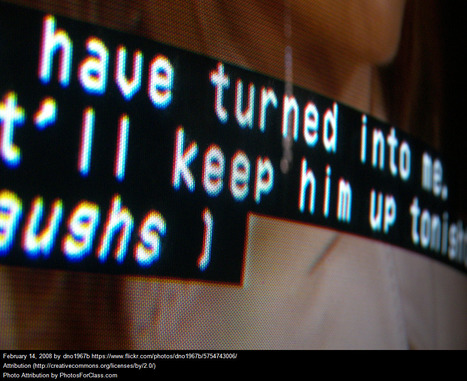"Smartphone technology is being put to work to help those with dyslexia and other reading disabilities achieve their full potential in the classroom.
DyslexiaKey, developed by two Babson college students who have made other apps, is a custom keyboard for people with reading disorders. It can be used within any iPhone app, reports Rebecca Strong of BostInno."
Via EDTECH@UTRGV



 Your new post is loading...
Your new post is loading...




























If you have #dyslexia, what apps have you used that have helped you to be the best dyslexic you can be?